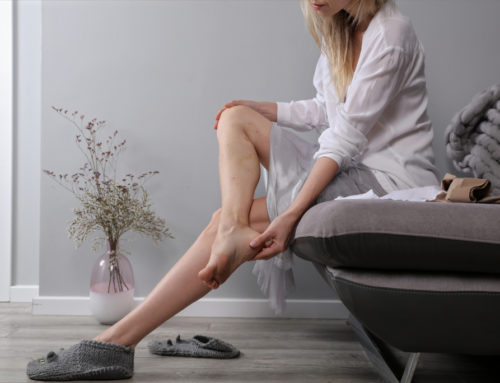Spider Vein Removal On Legs and Thighs in Flint, Michigan
Spider veins, characterized by small, damaged veins near the skin’s surface, are a common concern affecting both women and men. Typically appearing as purple, red, or blue veins on the legs, thighs, ankles, and face, spider veins may be smaller than varicose veins but can still impact one’s confidence.
Symptoms
Spider veins, though mostly harmless, can sometimes bring about some uncomfortable feelings and changes in your skin. While some people don’t feel a thing, others might notice a few signs that call for attention. Knowing these symptoms can help you figure out when it’s time to talk to a doctor.
- Bleeding: Spider veins, characterized by their web-like appearance near the skin’s surface, may occasionally result in minor bleeding. Though usually not severe, persistent bleeding should prompt a consultation with a healthcare professional.
- Burning Sensation: Some individuals with spider veins may experience sensations of burning or warmth in the affected areas. This discomfort can vary in intensity and may indicate underlying issues that merit evaluation.
- Itching: Itchy skin around spider veins is another common symptom. Persistent itching could signal the need for medical assessment to address any underlying causes.
- Visible Veins: One of the hallmark signs of spider veins is the appearance of thin, branching lines of veins visible through the skin. These veins may be red, blue, or purple and often cluster together in a network-like pattern.
- Skin Discoloration: Discoloration of the skin surrounding spider veins is also possible. This may present as patches of redness or brownish pigmentation, particularly in areas where the veins are most prominent.
If you experience any of these symptoms, it’s advisable to consult a healthcare provider. While spider veins are generally considered a cosmetic concern, persistent discomfort or changes in the skin should not be ignored. Seeking timely medical attention can help address any underlying issues and provide relief from symptoms.
Causes
Ever wondered why those pesky spider veins show up? Let’s break it down in simple terms.
- Valve Problems: Inside your veins, there are little doors called valves. Normally, these valves let blood flow in one direction—toward your heart. But if these valves don’t work right, blood can sneak back the wrong way. This can happen when the valves don’t close properly, letting blood pile up and press against the vein walls. Over time, this can make the veins swell up and get all twisty.
- Hormonal Changes: Sometimes, shifts in your hormones can mess with your veins. This might happen during puberty, pregnancy, or menopause when hormone levels go on a roller coaster ride.
- Genetics: If spider veins run in your family, you might be more likely to get them too.
- Connective Tissue Troubles: Some people have conditions that affect their connective tissues, like Ehlers-Danlos syndrome or Marfan syndrome. These can make your veins weaker and more prone to spider veins.
- Injury: Sometimes, a bump or a bruise can damage your veins. It might not seem like a big deal at the time, but it could lead to spider veins down the road.
So, there you have it. Spider veins pop up when tiny blood vessels near your skin get weak and start to expand. While they’re usually not harmful, they can be a bother. Understanding what causes them can help you take steps to prevent them or seek treatment if they show up.
Prevention
While you might not be able to avoid spider veins completely, especially if they run in your family or pop up during pregnancy, there are some things you can do to prevent them. Here are some easy steps to keep those spider veins at bay:
- Keep Moving: Don’t let yourself get stuck in one spot for too long. Whether you’re sitting or standing, take a break every 30 minutes to stretch your legs. A little movement can go a long way in keeping your blood flowing smoothly.
- Loosen Up: Tight clothes might look stylish, but they can cramp your style when it comes to blood flow. Opt for comfy, loose-fitting outfits that let your skin breathe and your veins do their thing.
- Exercise: Regular exercise isn’t just good for your muscles—it’s great for your veins too! Moving around helps pump blood through your legs, so lace up those sneakers and get moving. Just be sure to chat with your doctor before starting any new workout routine.
- Flex Those Muscles: Even if you’re stuck sitting for a while, you can still give your legs a workout. Flex your feet and ankles, wiggle your toes, and give those calf muscles a squeeze. It’s like a mini workout for your veins!
- Maintain a Healthy Weight: Keeping your body at a healthy weight can take some pressure off your veins, making it easier for them to do their job properly. So, eat those veggies, skip the sugary stuff, and keep your body happy and healthy.
- Take a Load Off: Elevating your legs for just 30 minutes, twice a day, can work wonders. Kick back, prop those legs up, and let gravity do its thing. Your legs will thank you!
- Compression Stockings: These might not be the most fashionable accessory, but they can work wonders for your veins. Talk to your doctor about whether they might be a good fit for you.
By following these simple tips, you can help keep those pesky spider veins from making an appearance and keep your legs feeling their best.
Spider Vein Treatment Options
There are multiple treatments available to get rid of bothersome spider veins. To treat spider veins, you can try both natural and Whether you opt for our at-home remedies or decide on the effectiveness of our in-office treatments, we’re here to guide you. While achieving complete removal of spider veins at home might not be possible, several natural measures can enhance their appearance and prevent worsening.
Spider Vein Removal Treatments At Home
When exploring at-home treatments, it’s essential to acknowledge the limited scientific evidence supporting their effectiveness in eliminating spider veins. Nevertheless, these treatments may serve a preventive role, impeding the development of new veins or mitigating the progression of existing ones.
Remedies to remove spider veins naturally and at home include:
Make-Up and Sunless Self-Tanner
You can apply make-up and sunless self-tanning lotions on your legs to cover the spider veins and reduce their appearance. It won’t get rid of them, but the spider veins won’t be as noticeable.
Sunscreen
Not only does sunscreen protect your skin from sunburn, but it helps prevent collagen and capillaries from breaking down. By protecting collagen and capillaries, you can reduce the risk of spider veins on your face or other areas exposed to the sun.
Compression Stockings and Socks
Compression stockings and socks may help address spider veins in some cases. When you wear compression stockings, the extra compression provides more support for your veins and encourages healthy blood circulation by decreasing vein pressure in your legs—this may slow down the formation of spider veins.
Apple Cider Vinegar
Apple cider vinegar may not get rid of veins that have already formed, but it is a great measure to take to stop new ones from forming. Using apple cider vinegar (ACV) may improve healthy blood flow and circulation. Improving circulation may prevent new spider veins from forming and keep current spider veins from worsening.
The most common way to use ACV is to apply it topically or use an ACV-soaked compress for 20 to 30 minutes, 2 to 3 times a day.
Massage With Essential Oils
Booking a massage with a licensed professional can help get your blood moving and reduce visible swelling in the veins. You can add essential oils that improve blood flow to optimize the massage’s effects. Be careful not to put pressure directly on the veins. Too much pressure can damage fragile tissues.
Heart-Healthy Diet
A heart-healthy diet can contribute to the improvement of spider veins in several ways. A diet rich in fruits, vegetables, and whole grains improves spider vein appearance by optimizing circulation and improving vein strength. Essential nutrients like vitamins C and E contribute to collagen formation, fortifying blood vessel walls to prevent spider veins. When maintaining a healthy weight, you reduce the stain on veins and minimize the development of spider veins.
Low-Impact Exercise
It may be obvious that exercise is good for your health. That’s because it improves circulation and blood pressure levels, which can in turn prevent blood from pooling in the veins and forming spider veins and varicose veins.
Try a low-impact exercise, like cycling, walking, swimming, and yoga, that won’t add stress to your body.
Staying Active
Try not to sit or stand for long periods without moving. Aim to move or change body positions every hour or two to encourage blood flow.
Additionally, avoid crossing your legs, one knee over the other, as that can restrict blood flow and worsen leg veins. If you need to cross your legs for modesty purposes, cross them at the ankles with your knees together.
Prioritizing your well-being is paramount, and if you encounter any adverse side effects from at-home treatments, it’s advisable to discontinue them promptly and consult with a healthcare professional. While a definitive home remedy or medicine for the complete elimination of existing spider veins may not exist, these proactive measures may improve their appearance and promote overall skin health.
Spider Vein Removal Treatment at VeinSolutions
Typically, a combination of home remedies and in-office treatments is the best way to get rid of spider veins. When at-home remedies fall short, in-office treatments offer more effective solutions. If you want to get rid of your spider veins once and for all, the best option may be medical intervention.
Our in-office treatments to remove spider veins include:
Sclerotherapy
Sclerotherapy is a simple treatment, typically taking less than 30 minutes to complete in the office. You walk in and walk out, and there is no downtime after the treatment. During a sclerotherapy procedure, your doctor will inject a saline solution into the spider veins. This damages the vein wall causing the veins to seal up over time. When blood can no longer flow through the sealed vein, the veins in the treated area will naturally fade away, ultimately improving the appearance of the affected area.
Laser Ablation
Whereas sclerotherapy uses a chemical to ablate the spider veins, laser treatment uses heat/thermal energy to ablate spider veins. Although laser ablation is an effective treatment, it’s important to note that laser treatment may be more painful and more expensive for most patients.
The best way to know which treatment is right for you is by consulting with a board-certified vascular surgeon at VeinSolutions. We offer two conveniently located offices in both Flint and Lapeer, Michigan for patients seeking spider vein removal treatments in the Michigan area.
To schedule an appointment with our office, you can call us at 810-232-3363 or book an appointment online.
VeinSolutions™ at Michigan Vascular Center
Your trusted destination for comprehensive vein care in Michigan. Our team comprises highly skilled and compassionate board-certified Vascular Surgeons dedicated to diagnosing and treating various vein conditions. From Sclerotherapy to Venous Ablation and Microphlebectomy, we offer effective treatments to address your vein concerns.
Not certain whether your condition involves spider veins or another vein-related issue? No need to worry. At VeinSolutions™, we provide complimentary vein screenings to assess your situation. Additionally, our office is equipped with advanced technology for venous ultrasounds, offering deeper insights into your condition to form a precise diagnosis.
What sets us apart is our genuine care for our clients. Your comfort is our priority, and we strive to make each of your office visits as seamless and pleasant as possible. Feel free to reach out—call or message us to schedule your appointment. We’re here to help, and we eagerly anticipate the opportunity to assist you on your journey to healthier veins.
Contact Us
Request A Consultation
Give Us A Call:
(810) 232-3363
Give Us A Call:
(810) 232-3363



